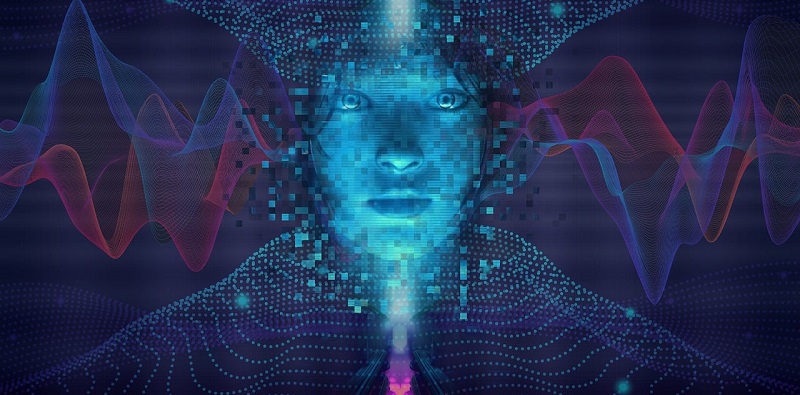In today’s interconnected world, critical infrastructure plays a vital role in our daily lives. From power grids to transportation systems, these networks form the backbone of our society. However, with increasing connectivity comes the growing threat of cyberattacks. This is where artificial intelligence (AI) steps in to protect and fortify these crucial systems. By using powerful machine learning algorithms, AI has the potential to revolutionize the way we safeguard critical infrastructure.
The role of AI in protecting critical infrastructure
AI, on the other hand, uses machine learning algorithms to analyze vast amounts of data and identify patterns that may indicate a potential attack. These algorithms can quickly sift through immense volumes of information in real-time, enabling organizations to detect and respond to threats with unprecedented speed and accuracy. By leveraging the power of AI, critical infrastructure networks can stay one step ahead of attackers.
Automating tasks with AI
In the realm of cybersecurity, analyzing and processing data can be an overwhelmingly time-consuming task. Fortunately, AI-powered systems can automate these tasks, allowing analysts to concentrate on investigating and responding to high-priority threats. By taking over repetitive and mundane tasks, AI liberates human experts to focus on the complex and strategic aspects of threat management.
Predictive capabilities of AI
Gaining a proactive edge is essential in the constant battle against cyber threats. AI systems excel in this area by analyzing historical data and identifying patterns that could potentially indicate vulnerabilities. By studying past attack patterns and understanding the evolving tactics of hackers, AI systems can predict potential vulnerabilities and recommend preventive measures. This proactive approach enables organizations to deploy necessary defenses before an attack even occurs, thereby minimizing the risk of successful cyber attacks.
Proactive Defense: Staying Ahead of Attackers
One of the significant advantages AI brings to the table is its ability to deploy proactive defense measures. With its predictive capabilities, AI can identify potential weaknesses and suggest appropriate security measures. By continuously monitoring and analyzing critical infrastructure networks, AI-powered systems can detect emerging threats and implement countermeasures to mitigate them swiftly. This proactive approach ensures that organizations can stay ahead of attackers and maintain the integrity of their infrastructure.
AI in Threat Hunting
Threat hunting is a crucial aspect of maintaining the security of critical infrastructure networks. AI excels in this area by continuously monitoring network traffic and identifying suspicious activities. Machine learning algorithms can detect anomalies and deviations from normal patterns, thereby highlighting potential threats. By leveraging AI in threat hunting, organizations can quickly identify and neutralize evolving cyber threats before they cause significant damage.
Strengthening security posture
The combination of proactive defense and threat hunting capabilities significantly strengthens the security posture of critical infrastructure networks. By leveraging AI’s analytical power and continuous monitoring capabilities, organizations can create a robust defense framework. Gaps in security are identified promptly, and preventive measures are put in place to ensure that critical infrastructure remains secure.
Rapid response with AI
In the event of a cyberattack, time is of the essence. Organizations need to respond swiftly and decisively to mitigate the damage. AI systems can rapidly analyze the situation, assess the severity of the threat, and recommend appropriate actions. By providing actionable insights in real-time, AI enables faster decision-making and response, minimizing the impact of an attack on critical infrastructure networks.
AI in investigation and forensic analysis
After a security incident, thorough investigation and forensic analysis are essential to understand the extent of the attack and prevent future occurrences. AI can play a valuable role in this process by leveraging machine learning algorithms to analyze vast amounts of data and identify indicators of compromise. By automating parts of the investigation and analysis process, AI assists in expediting the incident response and ensures that critical infrastructure networks can recover quickly from attacks.
Enhancing resilience and response
Taking a collaborative approach to cybersecurity is key to enhancing the overall resilience of critical infrastructure networks. By leveraging the power of AI in conjunction with human expertise, organizations can create a unified and holistic defense strategy. This collaboration enables efficient threat detection, rapid response, and continuous improvement of security measures. As a result, critical infrastructure networks become increasingly resilient and better equipped to respond effectively to cyber-attacks.
Protecting critical infrastructure networks from cyber-attacks is a complex and ongoing challenge. However, by harnessing the power of AI, organizations can significantly enhance their cybersecurity capabilities. AI’s ability to analyze data, predict vulnerabilities, automate tasks, and assist in investigations makes it a powerful tool in safeguarding critical infrastructure. By deploying AI-powered systems, organizations can stay ahead of threats, strengthen their security posture, and ensure the integrity and resilience of their critical infrastructure networks in an increasingly interconnected world.

